It’s a common scenario for car enthusiasts: you invest in performance upgrades, from turbochargers to suspension kits, aiming to shave seconds off your track times. But have you ever considered that the most significant upgrade might not be to your car, but to yourself? Many overlook the crucial element of driver improvement, assuming their skills are already sufficient. However, mastering driving techniques is paramount to truly unlocking the potential of your vehicle and enjoying the thrill of the track to its fullest. It’s about setting aside ego and embracing the learning process, even in areas where you believe you excel. While it might not have the immediate appeal of a new exhaust system, honing your driving skills will transform your track experience and allow you to fully leverage every upgrade you’ve made to your car. This is where tools like the AEM AQ-1 OBDII data logger become invaluable, offering insights that can dramatically accelerate your learning curve.
 Subaru BRZ on track featuring AEM AQ1 OBDII data logger setup
Subaru BRZ on track featuring AEM AQ1 OBDII data logger setup
The Overlooked Upgrade: Driver Skill
In the pursuit of faster lap times and peak performance, car modifications are often the first port of call. Upgraded brakes, enhanced suspension, and more powerful engines are all popular choices. Yet, even with these enhancements, the driver remains the ultimate variable. No matter how sophisticated your car becomes, its performance is capped by the driver’s ability to control it effectively. Improving your driving technique translates directly to faster cornering speeds, optimized braking points, and smoother power delivery. This is where the real gains are found, often exceeding what any single bolt-on modification can offer. Think of it this way: a finely tuned instrument is only as good as the musician playing it. Similarly, a high-performance car needs a skilled driver to extract its maximum potential. Investing in driver training and utilizing data analysis tools is an investment in unlocking the true capabilities of both you and your machine.
Introducing the AEM AQ-1 OBDII Data Logger
For drivers serious about improvement, objective data is essential. Feel and intuition are important, but they can be subjective and lack the precision needed for targeted development. This is where data loggers come into play, providing a wealth of information about both driver inputs and vehicle responses. The AEM AQ-1 OBDII data logger is a powerful tool designed to bridge this gap, offering detailed insights into your driving performance. It’s specifically engineered for ease of use and comprehensive data acquisition, making it accessible to drivers of all skill levels, from track day novices to seasoned club racers. Unlike older, more complex systems, the AEM AQ-1 OBDII boasts a straightforward OBDII connection, simplifying installation and allowing you to quickly start collecting crucial data. This plug-and-play functionality, combined with its robust feature set, makes the AEM AQ-1 OBDII an ideal choice for anyone looking to take a data-driven approach to driver development.
 Koyorad aluminum racing radiator installed in Subaru BRZ
Koyorad aluminum racing radiator installed in Subaru BRZ
Key Features of the AEM AQ-1 OBDII
The AEM AQ-1 OBDII is packed with features designed to provide a complete picture of your on-track performance. At its core, it leverages the OBDII port of 2008 and newer vehicles to capture a wide range of engine and vehicle parameters directly from the car’s CAN bus network. This includes data points like RPM, throttle position, brake pressure (if available via OBDII), coolant temperature, and much more. Beyond OBDII data, the unit incorporates a high-precision 3-axis accelerometer to measure longitudinal and lateral G-forces, providing insights into braking, acceleration, and cornering forces. A built-in GPS receiver accurately tracks vehicle speed, lap times, and driving lines, allowing for precise analysis of track position and consistency. For users requiring even more data, the AEM AQ-1 OBDII offers expandability with 12 additional analog input channels for custom sensors. All this data is seamlessly integrated with AEMdata analysis software, allowing users to visualize their performance with graphs, track maps, and video overlays. This comprehensive data acquisition and analysis capability makes the AEM AQ-1 OBDII a versatile tool for pinpointing areas for driver improvement and optimizing vehicle setup.
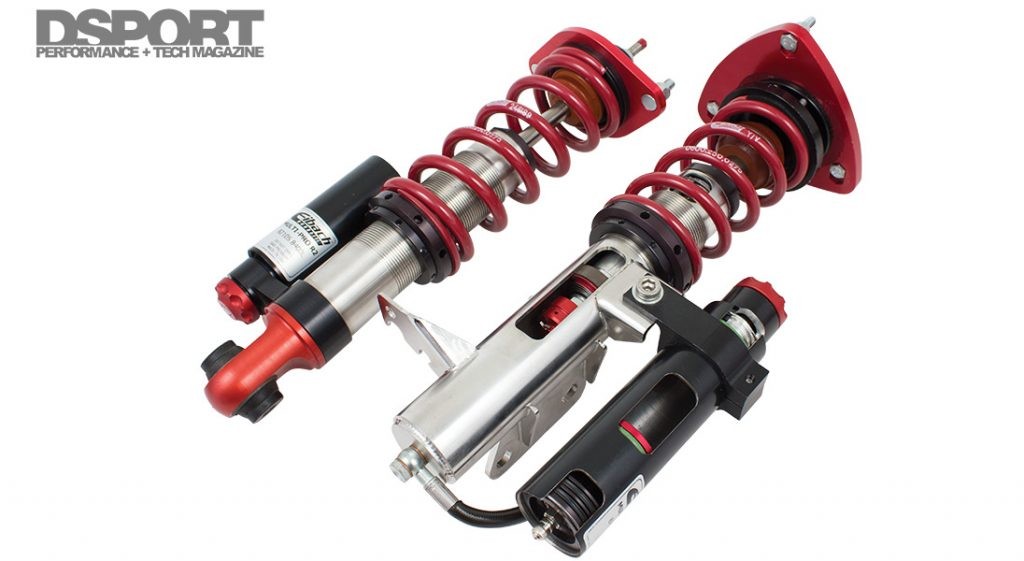 Eibach Multi-Pro-R2 Street Coilover Kit installed on Subaru BRZ
Eibach Multi-Pro-R2 Street Coilover Kit installed on Subaru BRZ
Putting the AEM AQ-1 OBDII to the Test: A BRZ Track Day
To demonstrate the real-world benefits of the AEM AQ-1 OBDII, a track day session was conducted at Buttonwillow Raceway Park, utilizing a 2013 Subaru BRZ. The BRZ, already equipped with track-focused upgrades like cooling enhancements, coilover suspension, sway bars, and performance brakes and tires, served as an ideal platform to showcase the impact of data-driven driver improvement. The goal was to analyze the data captured by the AEM AQ-1 OBDII and identify areas where the driver could refine their technique to achieve faster lap times. Gianni Jeong, a Club DSPORT intern with limited track experience, was chosen as the driver. This scenario mirrored that of many track day enthusiasts: a capable car and a driver eager to improve, but needing objective feedback to accelerate their progress. The AEM AQ-1 OBDII was installed, and Gianni took to the track, ready to learn from the data.
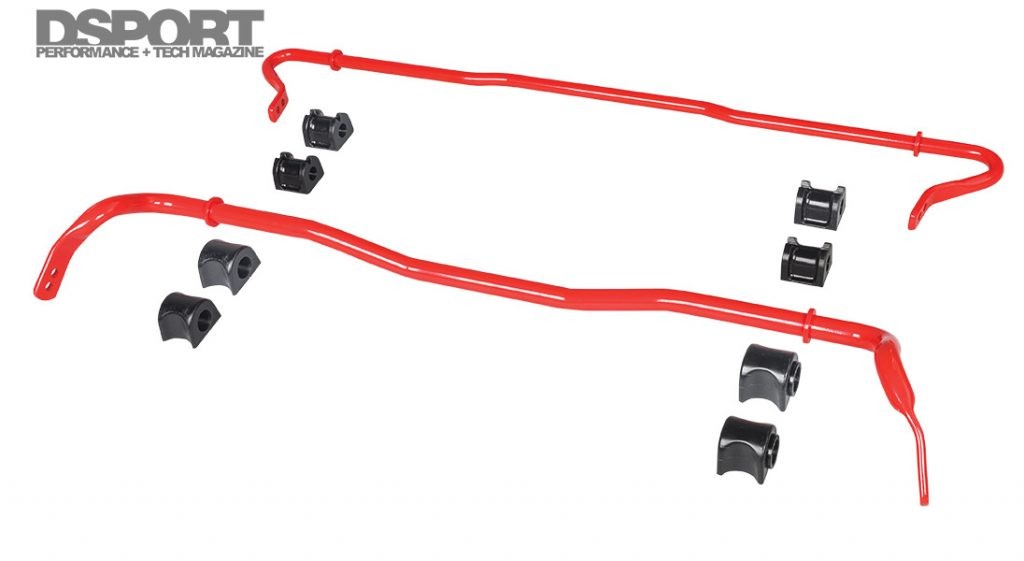 Eibach Anti-Roll Kit sway bars installed on Subaru BRZ
Eibach Anti-Roll Kit sway bars installed on Subaru BRZ
Initial Data Analysis: Braking and Cornering
After the first track session, the data from the AEM AQ-1 OBDII was reviewed using AEMdata analysis software. The initial analysis quickly revealed areas for improvement, primarily in braking and cornering techniques. The data showed that Gianni’s braking G-forces peaked at approximately 0.7g, significantly below the car’s potential. Furthermore, deceleration times were longer than optimal, indicating premature braking and overslowing for corners. Reference data from a faster lap in the same car demonstrated that the braking system was capable of generating nearly 0.5g more deceleration force. This indicated a substantial opportunity to brake later and harder, carrying more speed into corners. Similarly, cornering speed analysis revealed that Gianni was underutilizing the car’s grip in medium and high-speed corners. For example, in the “Bus Stop” section of Buttonwillow, his speed was approximately 75 mph, while the car was capable of 90 mph. These initial data points highlighted clear areas where Gianni could improve his driving technique and unlock faster lap times.
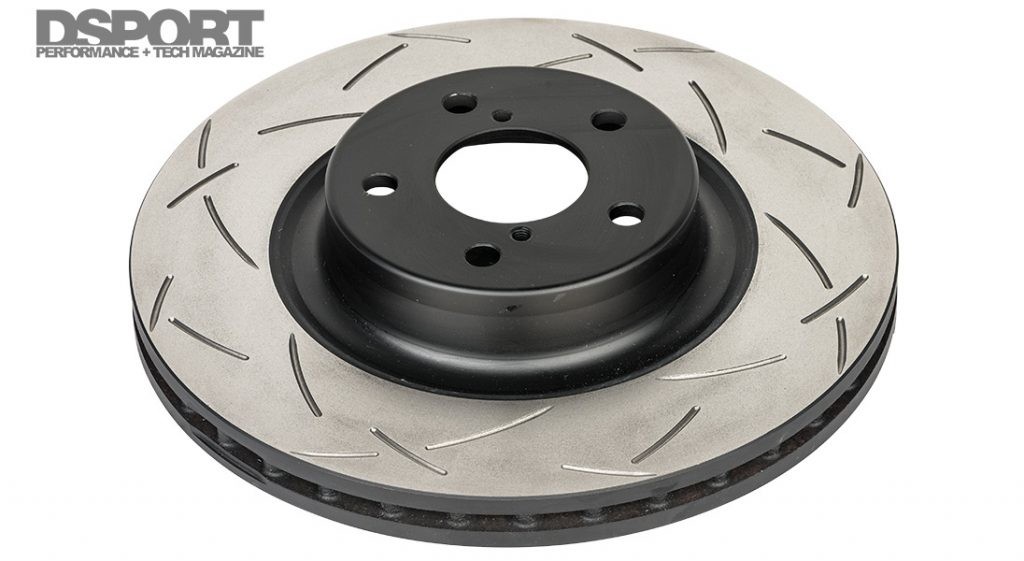 DBA 5000 Series T3 two-piece vented and slotted rotors on Subaru BRZ
DBA 5000 Series T3 two-piece vented and slotted rotors on Subaru BRZ
Refining Technique: Throttle and Weight Transfer
In subsequent track sessions, armed with the insights from the AEM AQ-1 OBDII, Gianni focused on refining his braking and cornering techniques. Data from the second session showed progress, with increased braking G-forces and improved cornering speeds. However, new areas for refinement emerged upon closer inspection of the throttle position data. The analysis revealed erratic throttle inputs in some corners, characterized by sudden lifts and applications of the throttle. These abrupt changes in throttle caused unwanted weight transfer, disrupting the car’s balance and making grip levels less predictable. Additionally, the data highlighted a delay between lifting off the throttle and applying the brakes before corners. This delay resulted in a two-step weight transfer – an initial transfer upon throttle lift, followed by a second, larger transfer when the brakes were applied. This less-than-smooth transition was detrimental to braking performance. By focusing on smoother throttle inputs and minimizing the delay between throttle and brake application, Gianni could further improve car control and braking efficiency.
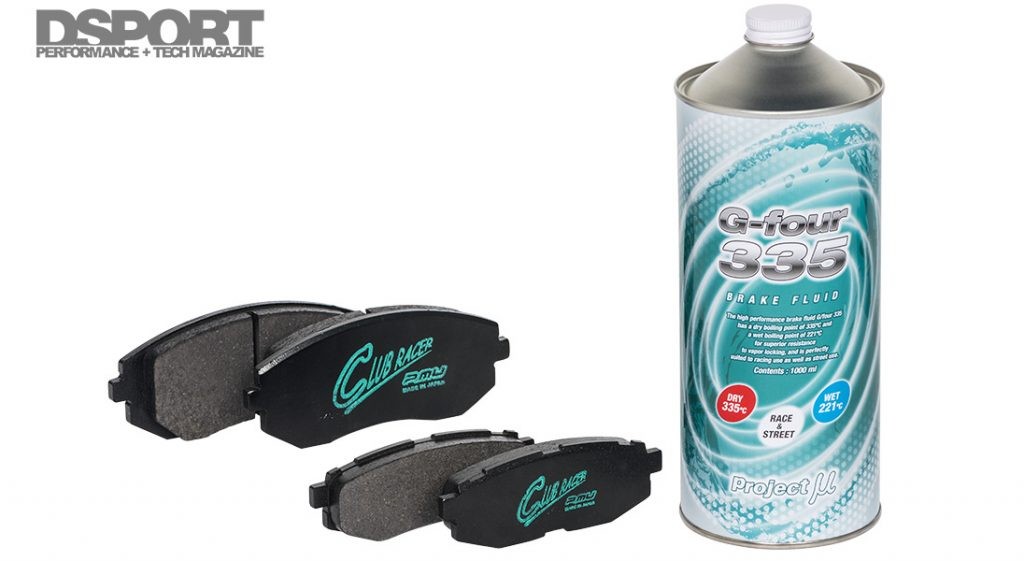 Project Mu Club Racer C09 brake pads on Subaru BRZ
Project Mu Club Racer C09 brake pads on Subaru BRZ
The Breakthrough: Improved Lap Times
The cumulative effect of data-driven adjustments to driving technique was remarkable. In the final track session, Gianni achieved a best lap time of 2:18.2, a significant improvement of 4.8 seconds compared to his initial time. The AEM AQ-1 OBDII data confirmed substantial progress in all identified areas. Braking transitions became smoother and more immediate, throttle inputs were more consistent, and cornering speeds increased dramatically. While further improvements were still possible, the gains achieved in just three short track sessions were a testament to the power of data analysis in driver development. The AEM AQ-1 OBDII provided the objective feedback necessary to identify weaknesses and track progress, accelerating the learning process far beyond what could be achieved through feel alone.
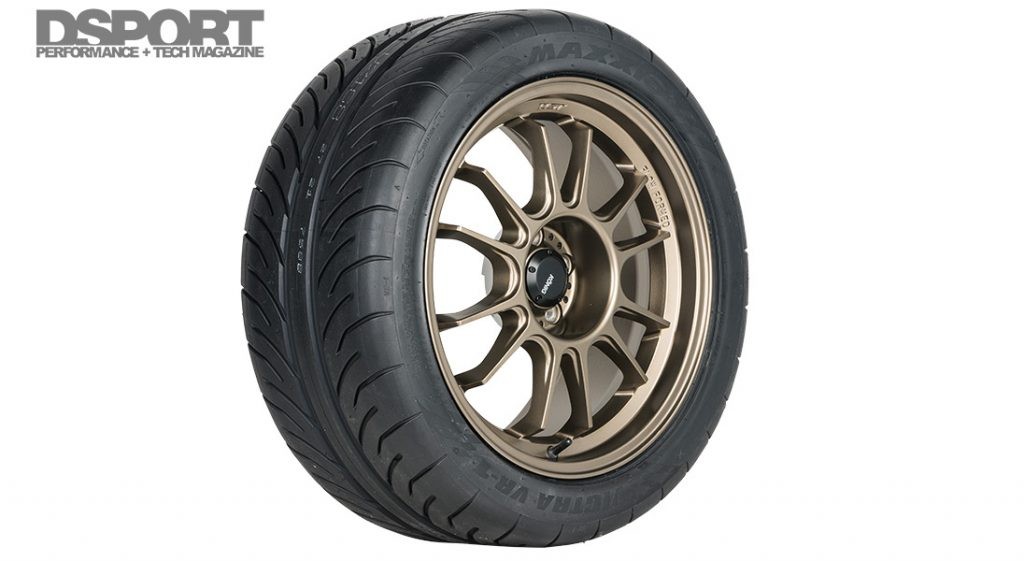 Konig Hypergram wheels on Subaru BRZ with Maxxis Victra VR-1 tires
Konig Hypergram wheels on Subaru BRZ with Maxxis Victra VR-1 tires
Data-Driven Driver Development: The AEM AQ-1 Advantage
The experiment at Buttonwillow Raceway Park definitively demonstrated the value of data logging and the effectiveness of the AEM AQ-1 OBDII as a driver development tool. By providing detailed, objective data on driver inputs and vehicle dynamics, the AEM AQ-1 OBDII removes the guesswork from driver improvement. It allows drivers to move beyond subjective feel and identify specific areas where technique adjustments can yield tangible results. Whether it’s optimizing braking points, refining throttle control, or maximizing cornering speeds, the AEM AQ-1 OBDII provides the insights needed to make informed decisions and track progress. For anyone serious about improving their on-track performance, the AEM AQ-1 OBDII is not just a gadget; it’s a crucial tool for unlocking their full driving potential and experiencing the true capabilities of their car.
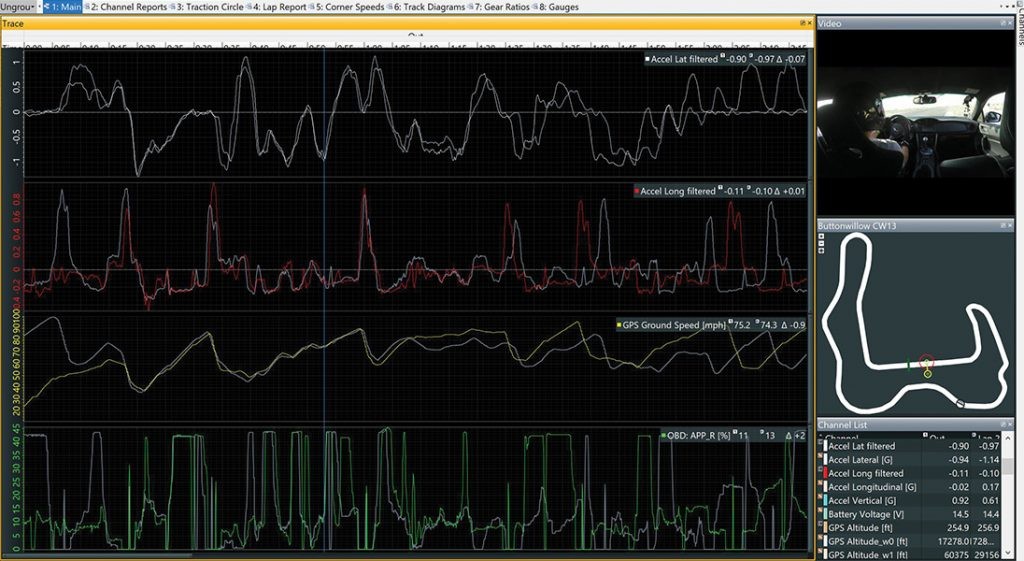 AEMdata logging analysis software displaying track data and video overlay
AEMdata logging analysis software displaying track data and video overlay
The AEMdata Logging Analysis Software provides a comprehensive view of driving performance, integrating sensor data with video and track maps.
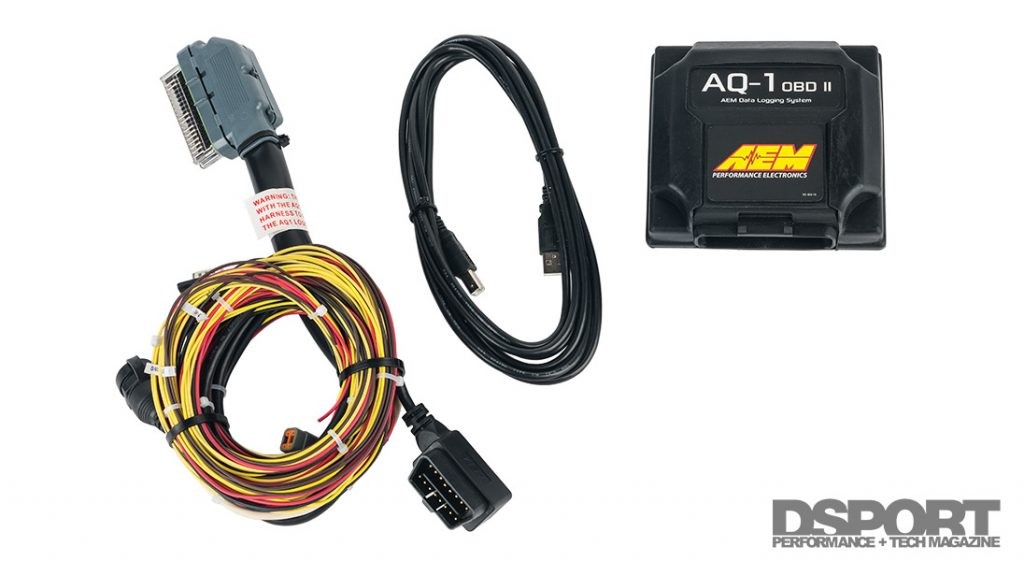 AEM AQ-1 OBDII Data Logger unit
AEM AQ-1 OBDII Data Logger unit
The AEM AQ-1 OBDII Data Logger offers flexible data acquisition through OBDII and optional custom sensor inputs.
 Subaru BRZ on track cornering shot
Subaru BRZ on track cornering shot
Track days are essential for driver development, and data logging with AEM AQ-1 OBDII enhances the learning experience.
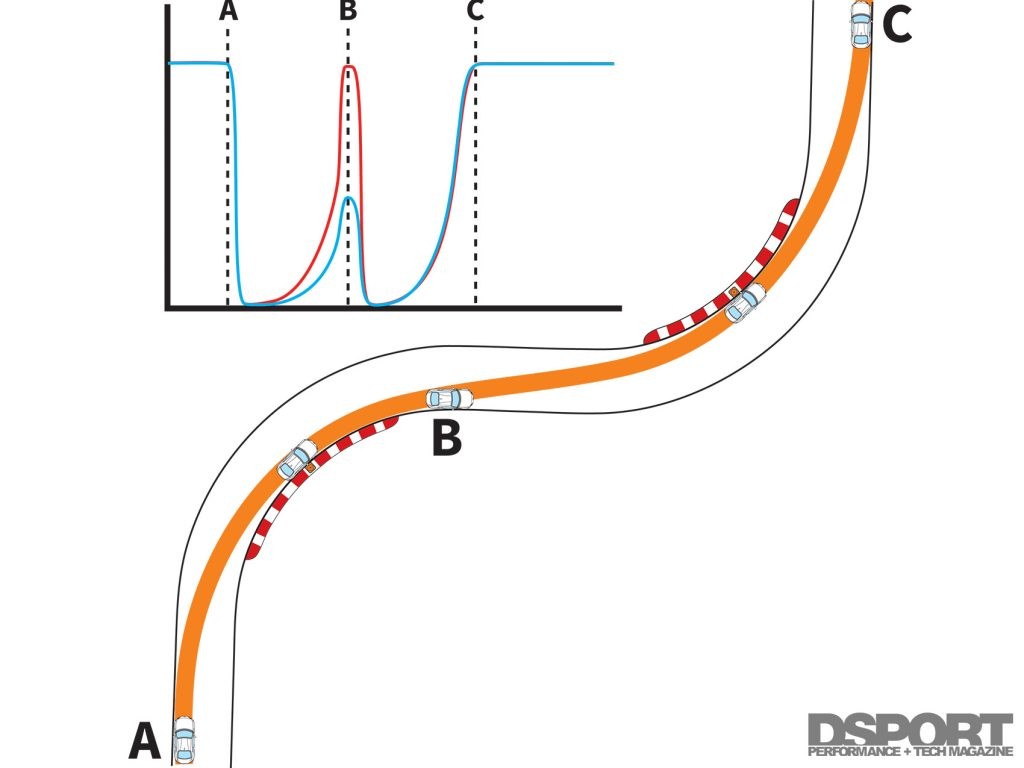 Data chart showing throttle input comparison between reference lap and driver's lap
Data chart showing throttle input comparison between reference lap and driver's lap
Data charts within AEMdata software help visualize driving technique and compare performance against reference laps.
 Data review session analyzing driving data on a laptop
Data review session analyzing driving data on a laptop
Reviewing data from the AEM AQ-1 OBDII allows for targeted improvements in driving technique.
